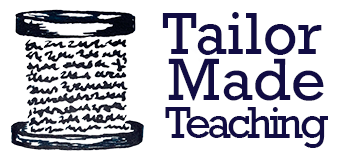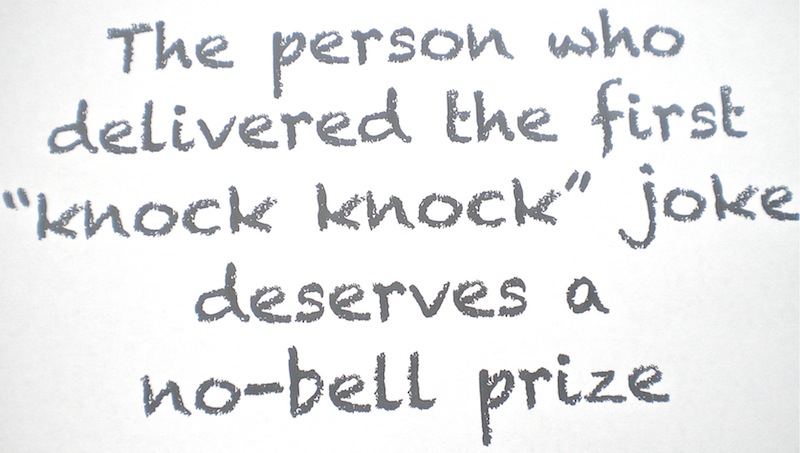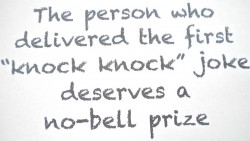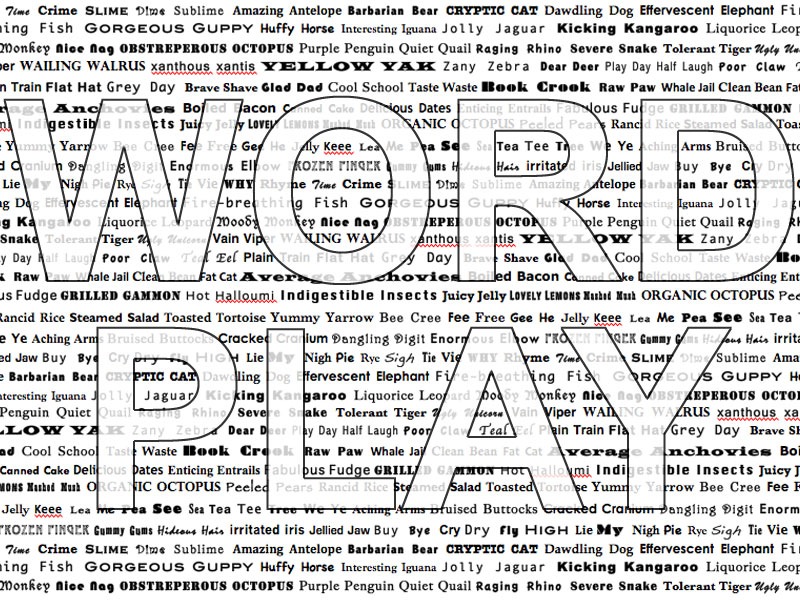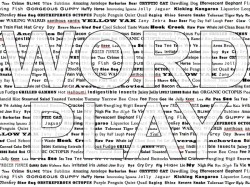De-mystifying the Phonemic Chart
When I started teaching the chart seemed practically incomprehensible to me. Even as I grew to understand it (and Adrian Underhill’s layout is the only one that seems to make sense) it felt like a great cognitive load to place on students (‘Think English spelling is hard? Now learn all these symbols!’). The DELTA, if anything, made it seem less accessible (unvoiced bilabial plosive, anyone?).
Adrian Underhill, though, strips all that away through use of gesture and mime, by focusing on the chart as a ‘geographical map’ of the mouth which helps locate the physical movements we make in production, using simple prepositions of place to describe movement. Read more
